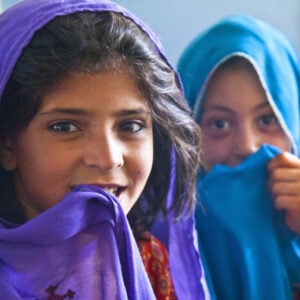Education Cannot Wait (ECW), the United Nations global fund for education in emergencies and protracted crises, has released its Investing in Futures: 2024 Annual Results Report. The report shows that by mid-point of its 2023–2026 Strategic Plan, ECW and its partners have reached 8.3 million crisis-affected children and adolescents across 33 countries with inclusive, quality education, bringing the total number reached since its inception to 14 million. Girls account for 51% of those supported, while 43% are refugees or internally displaced.
The results highlight measurable progress in school enrollment, retention, and learning outcomes, alongside improvements in social-emotional skills and gender equity. According to Sigrid Kaag, Chair of ECW’s High-Level Steering Group, the achievements reflect the fund’s unique model and the commitment of its more than 100 partners, including host governments, UN agencies, civil society, philanthropic foundations, and the private sector.
ECW’s approach combines rapid response with multi-year programming to strengthen local systems, coordination, and national ownership across the humanitarian-development-peace nexus. In 2024, 39% of ECW’s US$202 million disbursements went to “forgotten crises” such as those in Bangladesh, Cameroon, Haiti, Mali, Myanmar, Nigeria, and South Sudan. A growing focus has also been placed on the intersection of the climate crisis and education, with 3.4 million children supported by climate adaptation-related education initiatives in the last two years.
Despite these achievements, the report warns of a widening funding gap. By the end of 2024, ECW had mobilized US$934 million toward its US$1.5 billion target for the 2023–2026 Strategic Plan, leaving US$567 million still required. An additional US$113 million in pledged contributions also remain unpaid. At the same time, the number of crisis-affected children needing urgent education support has surged to 234 million, an 18% increase over three years, while education remains one of the least funded sectors in humanitarian response appeals.
Kaag emphasized that education is a lifeline for children in crisis and appealed for renewed financial commitments from both public and private partners. Without increased investment, millions of children risk being left behind, not due to a lack of solutions but because of persistent underfunding. Meeting the resource mobilization goal would allow ECW and its partners to reach 20 million children with quality education by 2026, securing brighter futures for those most affected by conflict, displacement, and climate disasters.







